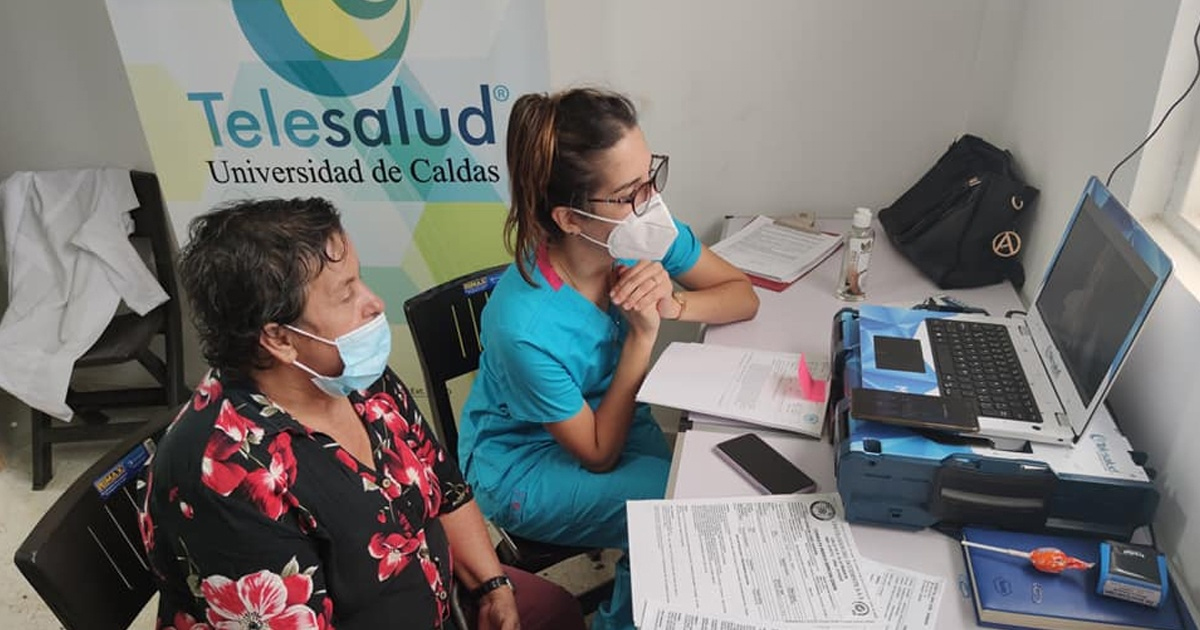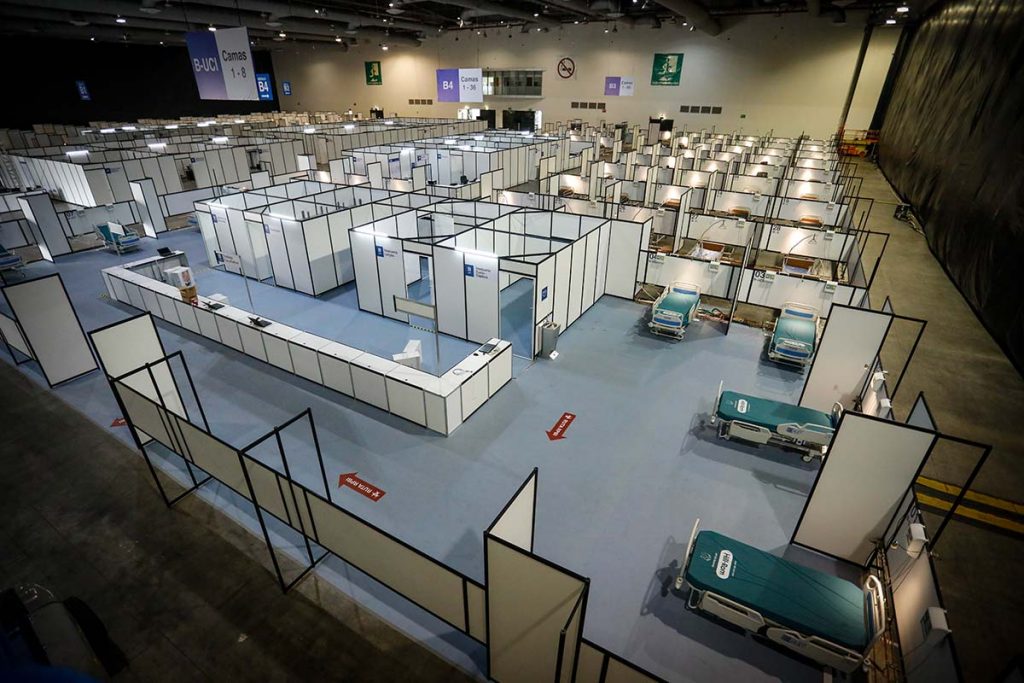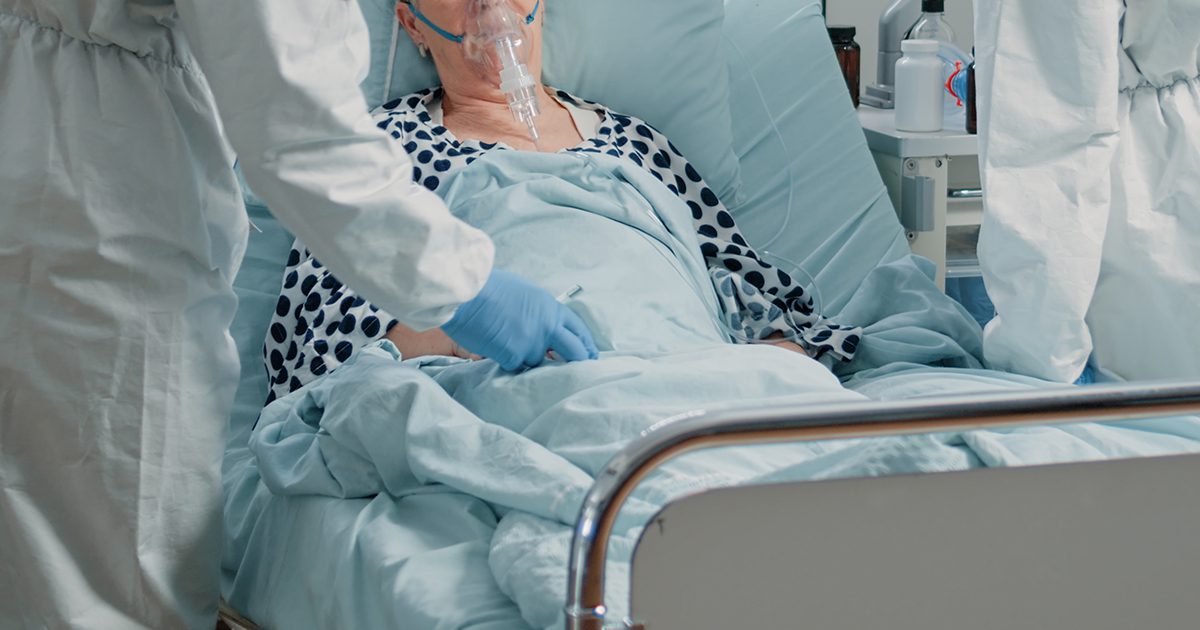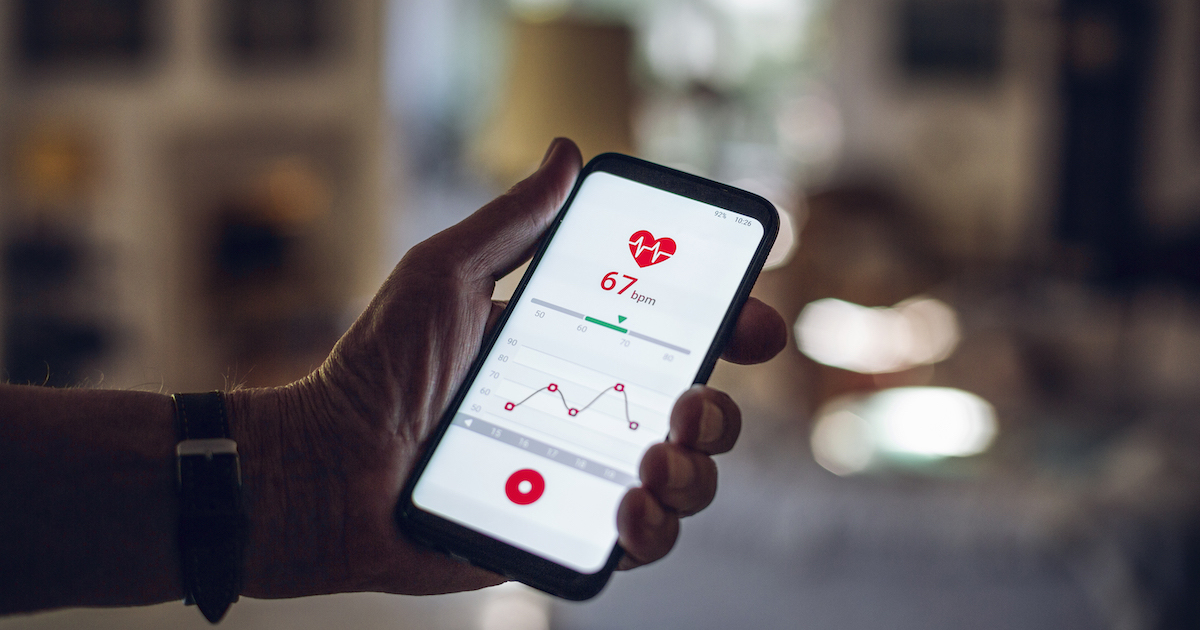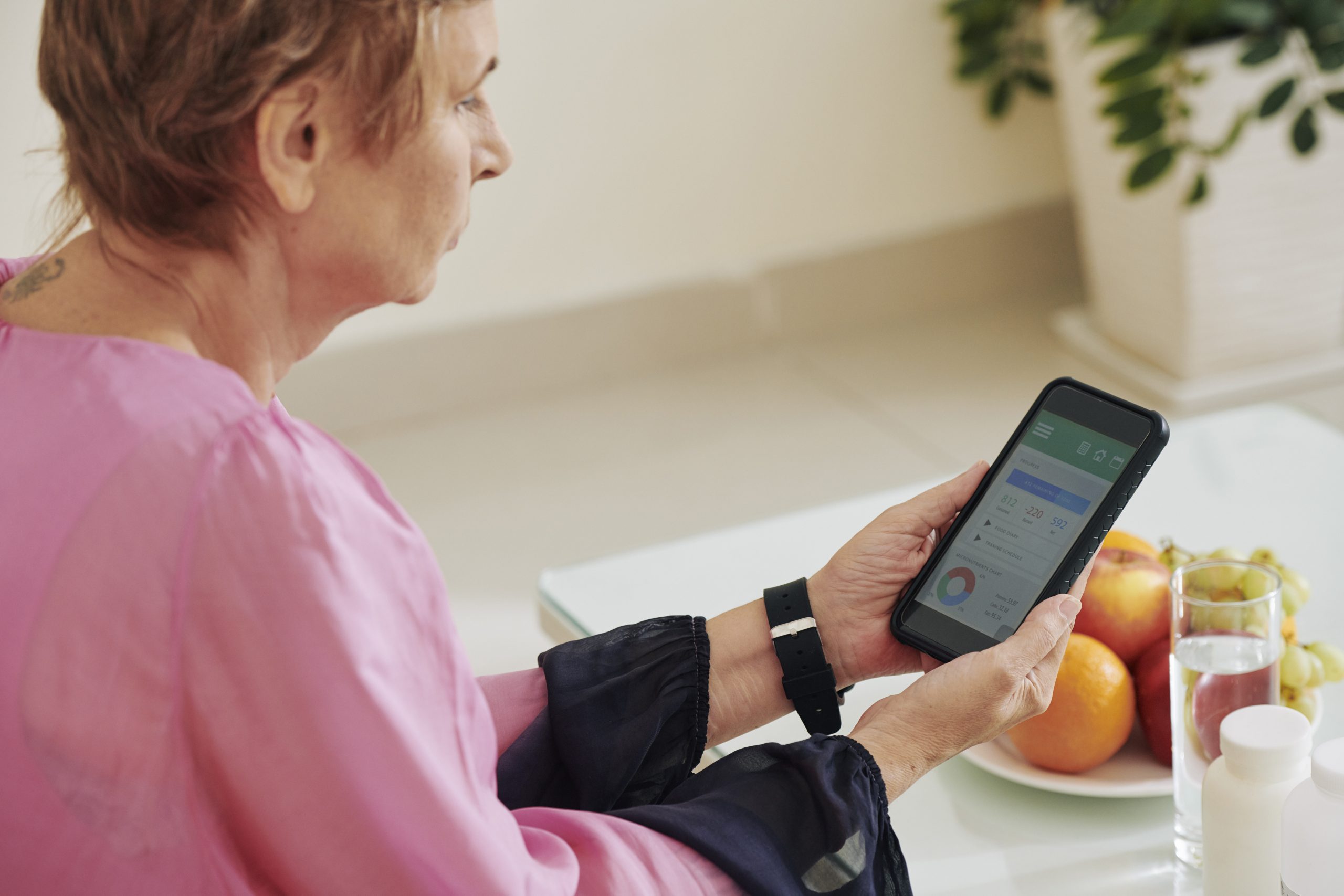Through the CViCom (Virtual Computer Center), students and academics developed a tool to assist with the medical diagnosis of COVID-19.
Academics and students of UNAM in collaboration with the National Medical Center (CMN) "La Raza" belonging to the Mexican Institute of Social Security, developed a computer system for the diagnosis of COVID-19 from automated analysis of medical images.
This initiative uses computational vision and AI (Artificial Intelligence) tools for computerized tomographic imaging.
The system works thanks to computational vision and Deep Learningmethods, which are computational neural networks that perform millions of operations, programmed to adjust their own parameters in an automated way, thanks to a training with banks of tomographic images. Subsequently, at the end of the training, the network adjusts its parameters completely and will have learned to perform its task with 90% accuracy.
The system uses computer vision techniques of computed tomography of axial cuts of the chest, the results are obtained immediately and serve as medical support when detecting the presence of COVID-19 taking into account the clinical data of each patient.
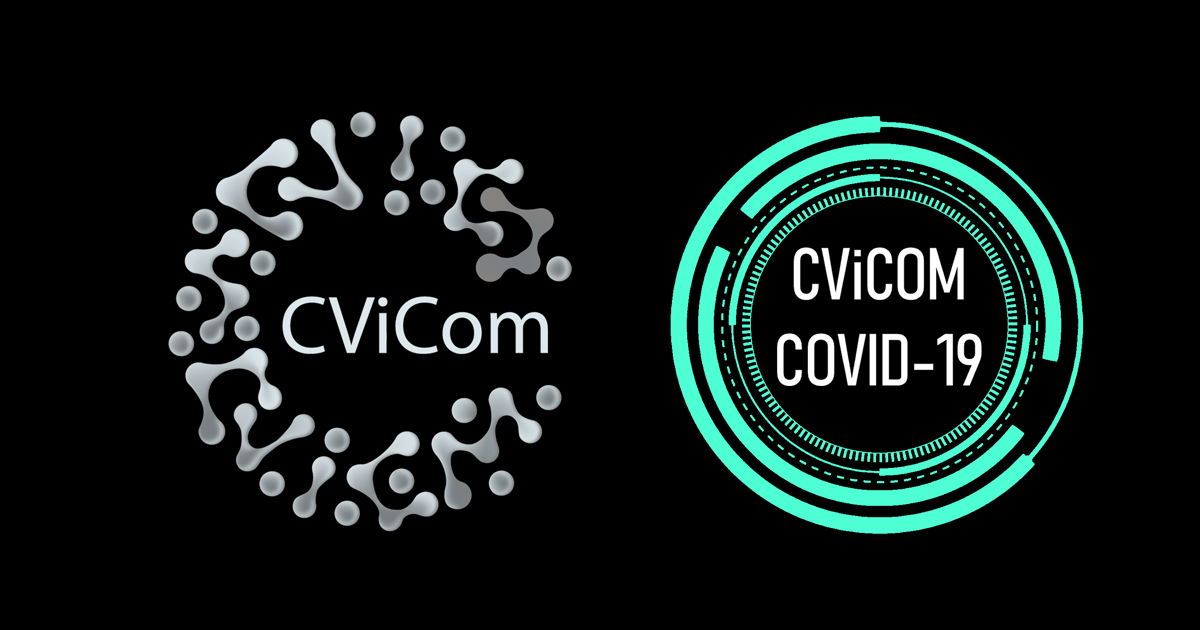
In this way the automated computing system complements the information available to medical staff and thus make more accurate diagnoses for infected patients.
The working group is coordinated by Dr. Boris Escalante Ramírez, who is also the general coordinator of CViCom, explained that this project was led by academics from the Faculty of Engineering and the Institute of Applied Mathematical Research and Systems, as well as students from various studies programs such as postgraduate science and computer engineering, as well as the bachelor's degree in Biomedical Physics. To develop an effective and relevant system for the health sector, the project was advised by the CMN "La Raza".
Currently the system in its version 1.0 is used by medical staff at that hospital, however, they explained that these results do not represent a diagnosis of COVID-19 but that the doctor should use them in combination with the clinical data of each patient to facilitate detection and issue diagnoses more quickly with greater certainty. The main goal is for doctors to be able to treat the patient immediately without waiting for the test result that takes several days.
CVICOM UNAM

